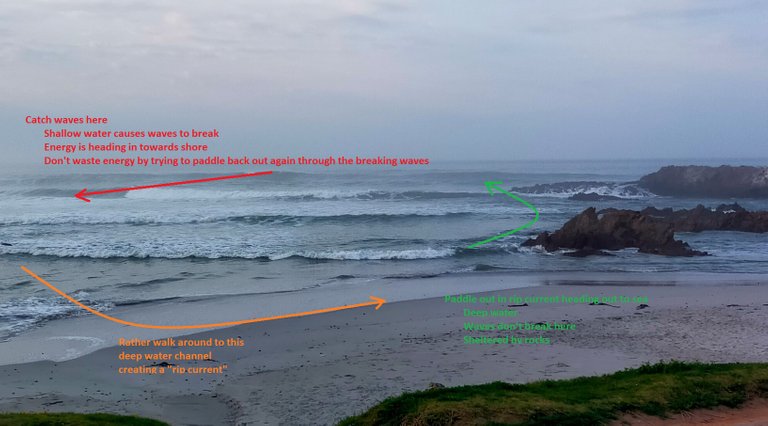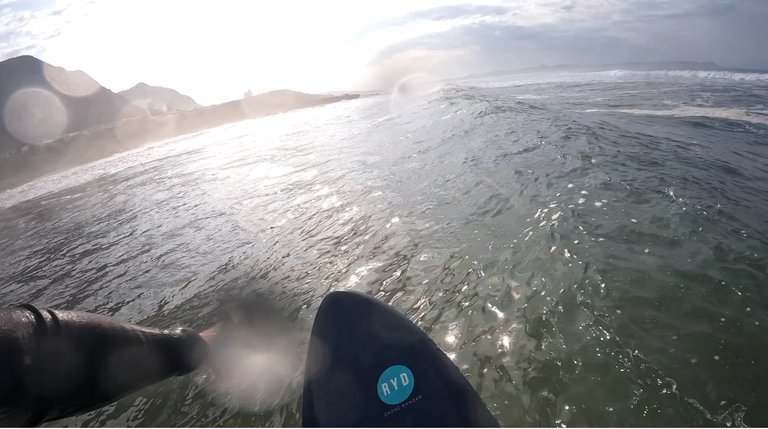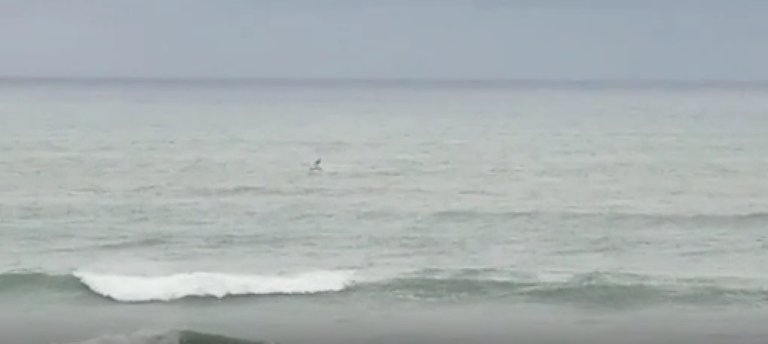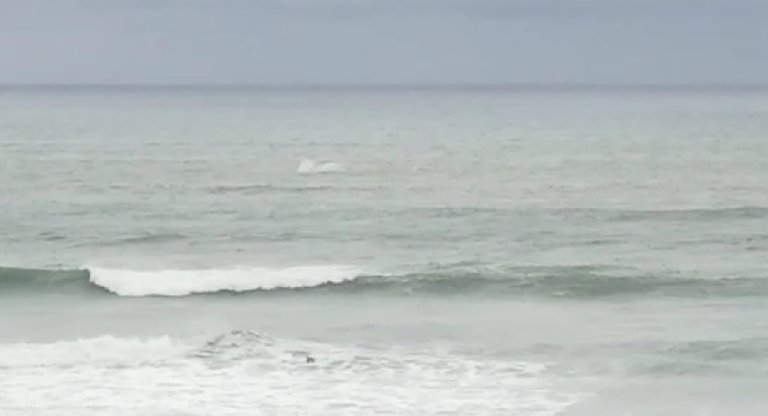SURFING: Let me know in the comments: How do you "work smart" rather than "work hard" in your favourite sport?
Hello everyone on HIVE and especially the Sports Talk Social Community! My name is Jasper and I’m writing to you from Cape Town, South Africa! One of my topics that I tend to post about a lot on HIVE is one of my favourite sports, surfing!
I thought it would be nice to get a bit more engagement and comment interaction on my surfing and other sports-related posts here on the Sports Talk Social Community.
One of my other main places to post on HIVE is the Music Community (I’m a part time singer/songwriter when I have the time – my main career is as a Project Developer at a Renewable Energy Development Company…), and there it is easy to get engagement and comments as musicians tend to “form a tribe”. I’ve actually started a weekly post where I ask for cover song requests, and then if I pick your requested song and try to play it the following week, I give that person/account a share of the post rewards in HP – this has been challenging but really fun so far, so if you’d like to request a song for me to try and sing/play for you, then please look out for that post on Thursdays?
Anyway! Back to sports! I thought it might be fun to try and ask questions to get people to think about the sports they play and prefer to follow, and see how they would answer it for that particular sport? So, here is today’s question:
HOW DO YOU “WORK SMART”, RATHER THAN “WORK HARD” IN YOUR PREFERRED SPORT?
Let me try and answer that question for surfing with a few pictures:
I recently was lucky enough to spend the weekend at a small coastal holiday town about a 2 hour drive outside of Cape Town and managed to pack a couple of surfboards onto my car roof-racks. This was exciting, as between my work, my family commitments (baby daughter, ect) and my music, I hadn't surfed for over three weeks when I normally like to try get in the water at least once every week!
Work "Smart" Tip 1 - Don't waste energy, know where to paddle out!

Luckily I am quite familiar with this little town's most consistently surfable spot. If you catch a long wave and finish close to the shore, it is a lot of unnecessary work to try and paddle straight back out again through the breaking waves and the in-coming current. It is actually a lot easier to get out the water, and walk along the shore for a couple of hundred metres until you return to the channel pointed out in green. Here there is a "rip current" heading out to the back almost like a river - this is very dangerous for swimmers who wanted to stay close to shore but super useful for surfers who want to get out further than the last rock to where the waves start to break! So use your head, take a breather and a stroll, while you enjoy the beautiful view and decide exactly where to try catch your next wave from a high point on land...
Work "Smart" Tip 2 - Don't waste energy, time your surf session with the tide

Aerial image courtesy of Google Earth Here I have illustrated the same surf, walk, paddle out strategy I mentioned above. The other important point is that the rip current dissipates soon after the last rock at the end of the green arrow. At low tide the waves can break even further out and you have to do extra paddling work to get to them. At high tide the waves break closer in and the rip current takes you exactly where you want to be! In fact, in this small town, you often find the local surfers hanging around in the car park talking rubbish until the tide gets high enough! (High and low tides are 6 hours apart! Don't they have families and jobs? Haha!)
Work "Smart" Tip 3 - Don't waste energy, pick the right board

Here's my point-of-view as I ride quite a long wave to the right, and so it definitely made sense to get out and walk around back to the easy paddle-out spot after this wave! You can see that the waves are quite small and not very steep. Because of this I have chosen to ride a board that is wide, flat and more bouyant than usual, to make it easier to catch the small wave and create more speed and flow as I ride along it. If the waves had been big, steep and powerful, this would be the wrong board as it would feel too fast and wobbly and be prone to nose-diving at the bottom of the steep drop!
In fact, I have written a post about the different boards I have and when I use them here:
https://ecency.com/hive-101690/@jasperdick/surfing-the-perfect-quiver-of
I've also tried to explain what happens when I choose incorrectly!
https://ecency.com/hive-101690/@jasperdick/surfing-what-happens-if-i
Work "Smart" Tip 4 - Enjoy the View!


For me, surfing is not just about the waves. You have to wait patiently for the right wave anyway. It's also about enjoying being out in nature in the various beautiful places you can surf in South Africa. This particular little town is quite famous for whale-watching... here's one Southern Wright whale jumping and splashing as best as my phone camera could capture...

Large birds like cormorants and oyster-catchers, and even seals sunbathing on the rocks next to the surf-spot! Beautiful!
But also a bit scary as seals are the main dish of choice for sharks!
So dear reader, thank you for making it this far. So I put the question to you - What is your favourite sport to watch or even play? How does it help to "work smart" rather than "work hard"? Please let me know in the comments!
An excellent post, well structured, very useful and readable.... Good work my friend @jasperdick!
"High and low tides are 6 hours apart! Don't they have families and jobs?"
Haaaa haaaa haaaa :))
!discovery 25
This post was shared and voted inside the discord by the curators team of discovery-it
Join our community! hive-193212
Discovery-it is also a Witness, vote for us here
Delegate to us for passive income. Check our 80% fee-back Program
Nice one man, it's been a while since I caught a few waves, hoping to change that in the next few weeks.
Great advise man! So so true.
As a goalkeeper in Football, I would say that experience is helping you to chose the correct position in the game. This way you dont need the explosivness and energy anymore and are just in the correct spot in the correct time.
You know, I have never surfed but this makes a lot of sense paddling closer to rock shelter.
On our side of the world I see far more surfers in the the Big Bay area than along the long and featureless Table View beach. Probably for this exact reason.
Yes! Big Bay has a nice easy paddle out on the left (looking out to sea), because the rocks separating it from "Little Bay" create some shelter from breaking waves. Once you are out the back you can then work your way into the middle of the bay.
However, Big Bay is also surfed more regularly because the rock shelters on either side seem to protect its waves from being damaged by the wind. The long and featureless Table View stretch does get some great waves, especially near Doodles restaurant, but only on those very rare days when the wind is very calm (pretty much only mornings in Autumn!) On those rare days it is worth the extra effort of paddling out in the best gap you can find - haha! That stretch is pretty much for kite-surfing only in your standard summer South-Easter - in fact the wind is world-class enough for it to be the venue for the Red Bull Big Air Kitesurfing competition where people come from all over the world to do literal 100m kite-surfing jumps. What is good for the goose (kite-surfing) is NOT good for the gander (conventional surfing)!
Totally. Kitesurfing territory there. So many afternoons driving home and sky is just swarming with kites down there. It is quite an impressive sight!
Pretty sound and logical advice! Totally! Save your energy for the real reason you're there!